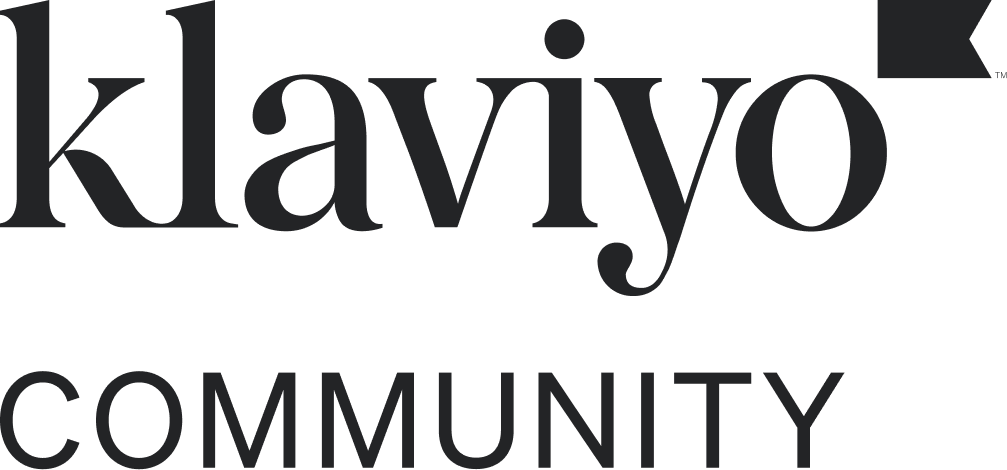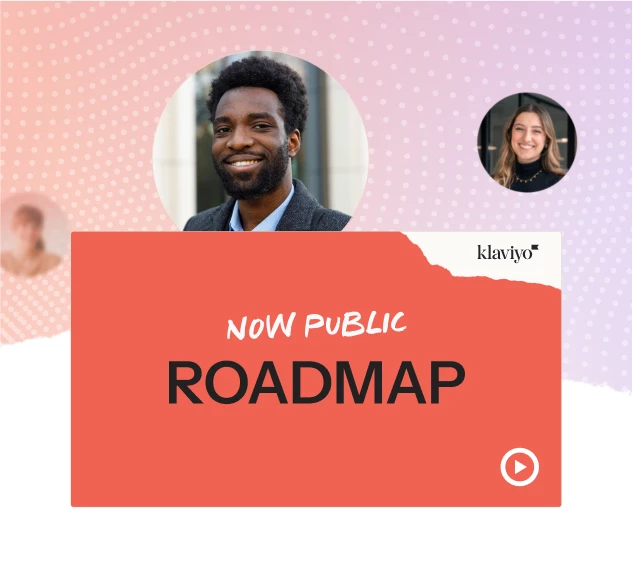Hi!
Just wondering if there’s a better way to do this:
I’m running ab tests for coupons, with one giving 10% off the first order and the other giving $5 off. They enter the newsletter once they submit the form and I want them to receive a flow variant depending on which offer they saw.
Would I do this by using hidden fields in the coupon AB tests to create different properties, and then use those to split the welcome flow depending on what discount thhey saw?
At the moment I have the form going to two separate lists (newsletter 1, newsletter 2) and would manually add them into the main newsletter list, where they don’t enter the flow again as they’re excluded.
Thanks!
Coupon AB Tests + Flow AB Tests
Best answer by retention
Thanks for the mention,
So there’s a few way to do this, the method I recommend (Method 1) is very close to what you already have done. If your goal is to not have to manually add them to the main List, then I would recommend any of the following approaches:
Method 1 - Two Flows, One List
Instead of submitting it to Newsletter 1 and Newsletter 2, I would just submit it to the Main List, and add Flow Filters in your Main Flow to exclude anyone that have those custom properties. This way, they won’t get what I assume is your Main Flow.
Then, I would create a new List Triggered Flow, but with a Flow Filter where the custom properties have to be set. In this Flow, I would use your conditional Split Path to go from Offer 1 vs Offer 2.
The benefit of this setup:
- Emails all go the same place (and you can track it when you do your List Growth Reports)
- Your Offer based Flows are separate from your Main List so you can see those analytics separately (quickly).
Drawbacks:
- If the two Flows have a lot of common messages. Example, they are both Welcome Flows, where the first message is the Offer, but there are 7 other emails that are exactly the same after the offer message. You have to keep maintaining both Flows every time there’s a change in one of the common message. It can be done by using well labelled Templates or Universal Content blocks, but it might be accidentally forgotten.
- Your analytics for the common messages are split between two Flows. So if Email #2 is the same in both Flow, you don’t see those analytics combined (even though they are identical) in aggregation reports.
Method 2 - Two Flows, One List, interleaved with Message Filtering
If the only difference between the Offer Flows and the Main Flow is the first (or a small subset) of messages, another way to do this is to have both Flows (Offer and Main) trigger off the same List and use Message Filter Rules to determine which message (Offer) they get between the two Flows. This means that technically everyone who enter the List goes down both Flows, but the Message Filters determines who gets which message.
The benefit of this setup:
- You still get analytics between the “Offer Flow” vs the “Main Flow”
- Messages that are the same between two Flows are not duplicated, so you can see their analytics in one place. Also, this means you don’t have to make changes in one Flow, and remember to do the same in the duplicated version of it in the other.
Drawbacks:
- It can be confusing who gets which messages without looking at the message filters each time. People not as familiar with Message Filters always ask why messages are being skipped. :)
- You still have two Flows that seemingly is triggered off the same List - though this is good for Analytics, this can be confusing at first glance.
If this is too confusing to maintain, you can also just do the third option below.
Method 3 - One Big Flow, One List with Trigger/Conditional Paths
Just have one Flow, and have conditional paths based on which Custom Property (or no custom properties set) in the same Flow. This keeps everything in one Flow, it’s a lot easier reference and understand what’s going on (if you have other team members, or people looking at Flows) - e.g. “Welcome Flow”= that’s where everyone goes.
The benefit of this setup:
- One big Flow keeps everything in one place from a design and organization standpoint and communication/collaboration.
- All your stats are in one big soup. (This can also be a drawback, see below)
Drawbacks:
- All your Flow analytics is aggregated in one place that combined your normal, offer 1 and offer 2. You have to open the Flow and really see what is performing at different places in the Flow. This is fine if you have a small set of Flows, but if you have a lot of Flows in your account, this gets tedious to simply know what’s going on at a glance without digging into each Flow.
- If you have common messages, they can all be pointed back to it (if you bring paths back to a main trunk, for example).
- One caveat, I’ve seen really big and scary Flows that scrolls on forever and has so many conditional paths it looks like a giant map and can be hard to see what’s going on or what it all means. You then feel “afraid” to make any changes because you might break something and it slows down momentum.
I might come back and edit this a bit, but I hope this gives you some things to consider!
Log in to the Community
Use your Klaviyo credentials
Log in with Klaviyo
Use your Klaviyo credentials
Log in with KlaviyoEnter your E-mail address. We'll send you an e-mail with instructions to reset your password.




![[Academy] SMS Strategy Certificate Forum|alt.badge.img](https://uploads-us-west-2.insided.com/klaviyo-en/attachment/2f867798-26d9-45fd-ada7-3e4271dcb460_thumb.png)


